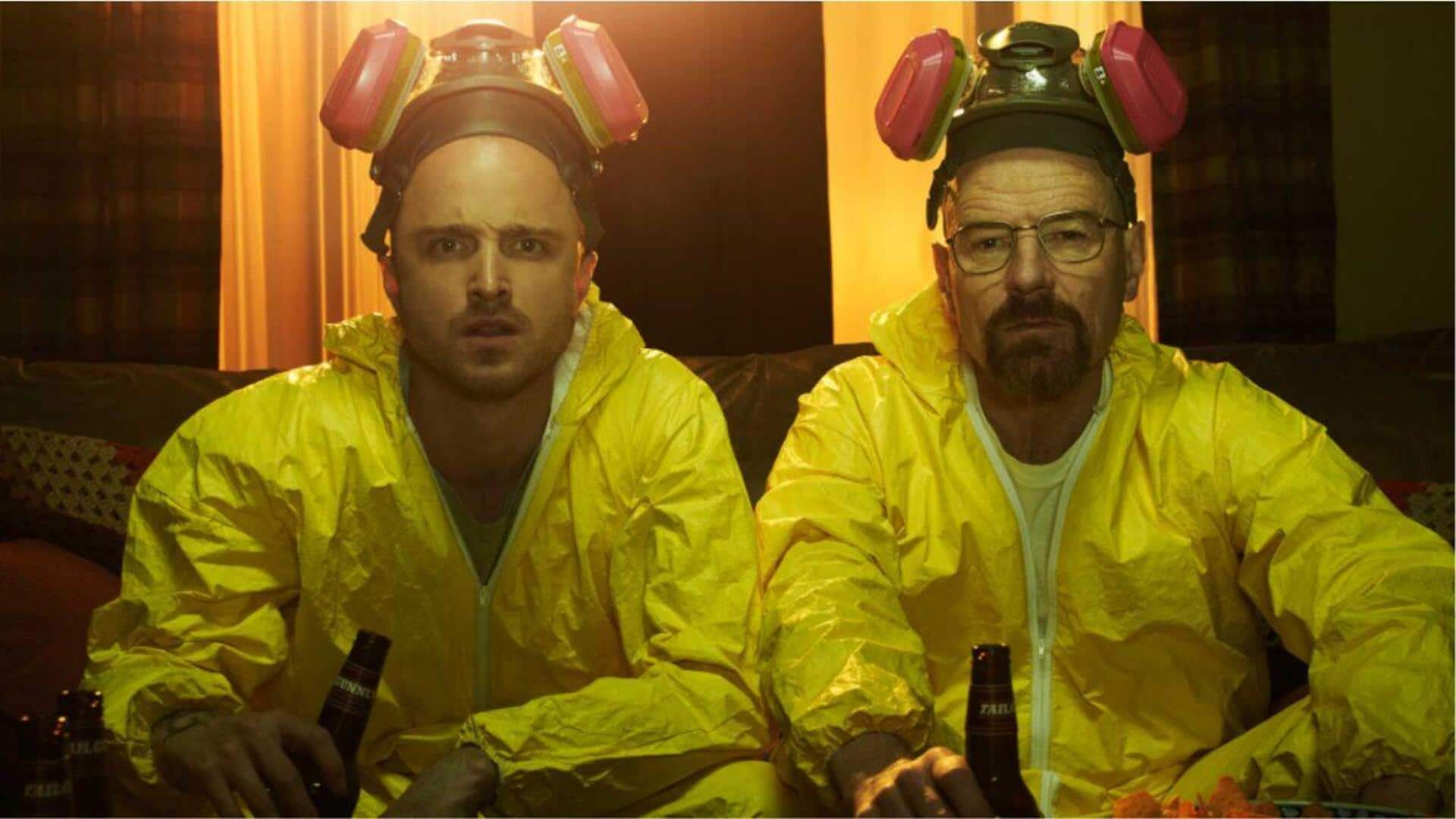
The real science behind 'Breaking Bad's most iconic moments
What's the story
Breaking Bad isn't just known for its gripping storyline and characters, but also for its accurate representation of chemistry. The show features several scientific references that fascinate chemistry buffs. From using chemical compounds to illustrating lab procedures, Breaking Bad is a treasure trove of scientific knowledge. Here, we take a look at some of these hidden gems that make the show a chemistry lover's paradise.
#1
The role of mercury fulminate
In one memorable scene, Walter White utilizes mercury fulminate to create an explosive diversion. This compound is notoriously unstable and sensitive to friction or shock, making it a plausible choice for such a dramatic effect. While the show takes creative liberties with the quantity used, it accurately highlights mercury fulminate's potential as an explosive material in small amounts.
#2
Hydrofluoric acid's real capabilities
Hydrofluoric acid is heavily featured in several episodes, especially when it comes to dissolving organic matter. In real life, hydrofluoric acid can dissolve glass and metals like iron, but is not as effective on organics as shown in the series. Its presence highlights its deadly nature and is a reminder to follow proper chemical handling protocols.
#3
Ricin: A lethal toxin
Ricin is yet another chemical compound that makes a prominent appearance in Breaking Bad. Extracted from castor beans, ricin is extremely toxic even in small amounts. The show's portrayal is consistent with real-world science as far as ricin's potency and method of action in biological systems are concerned. This attention to detail makes Walter White's character as a knowledgeable chemist all the more believable.
#4
Thermite reaction explained
The thermite reaction comes into play whenever characters have to break into secure places by melting metal locks or barriers. The exothermic reaction sees aluminum powder and iron oxide react to create molten iron at extremely high temperatures. Although exaggerated for the sake of drama, this process is a real-life scientific principle used in welding and metal cutting applications.
Tip 5
Phenylacetone synthesis process
Phenylacetone synthesis is at the core of Walter White's meth cooking process throughout Breaking Bad. While the show gets some elements of this synthesis route right, it misses others due to legal restrictions on showing methods of illicit drug manufacturing in full detail on screen. However, it does give a glimpse of organic chemistry techniques used by professionals globally without explicitly glorifying illegal activities.